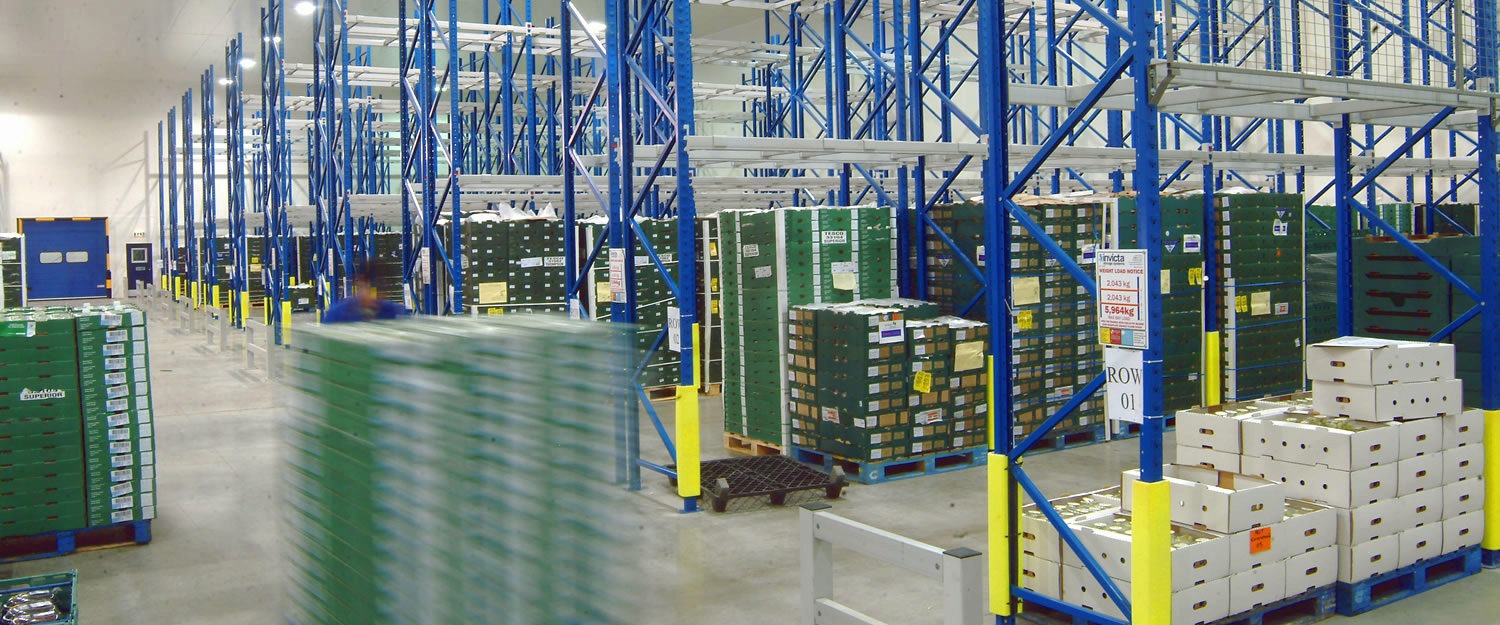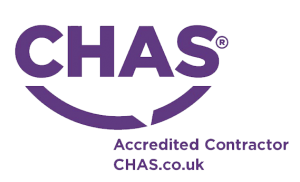For your information
You are being redirected to one of our divisional subsites which contains more detailed information on the required division. To navigate back to the main Invicta Group site, please click the link found in the footer at the bottom of the page.
How to choose the right forklift truck for your warehouse
25th January 2022
Using forklifts effectively
Quick Quote
Contact Mick Coyne
To get a quotation or arrange a free site survey - Call Mick Coyne on
-
 UK
UK
Current location:
Quick Quote
Contact Mick Coyne
-
 UK
UK
Current location:
The needs of the modern warehouse are changing constantly, particularly in the case of ecommerce. Changing SKUs and rapid turnover can shift the dynamics of your warehouse space, and require new pallet racking systems and technologies to accommodate.
One of the areas in which you may need to invest is industrial forklifts. Forklift trucks can differ wildly depending on the use case, with different form factors and capabilities for different pallet sizes and types. Here’s a rundown of the most popular forms of forklift trucks for warehouses, and what each type brings to the table.
Industrial counterbalance forklift
Industrial counterbalance forklifts are perhaps the most common type of forklift truck you’ll see in warehouses and storerooms. Akin to gold carts with a forklift on the front, these are the heavy lifters of the warehouse world, lifting and transporting a range of pallets and loads. Industrial counterbalance forklifts are perhaps the most straightforward to drive due to their close relation to cars, with straightforward and familiar operation.
Industrial counterbalance forklift trucks are named such because of the large cab, which balances the load of the forklift at the front, preventing the forklift from toppling over. The design of these forklifts makes them best suited to regular pallet racking aisle widths, while their relatively low profile makes them a good choice for most drive-in pallet racking. While there are more manoeuvrable three-wheel models, they are generally not the best choice for narrow aisle pallet racking, as they still need enough room to turn around.
Industrial reach forklift
Where industrial counterbalance forklifts are built for flexibility, industrial reach forklifts are built for – well, reach. These forklifts have a much taller front end and cab, with the ability to lift loads higher than a regular forklift. These are subdivided into three kinds of industrial reach forklift: stand-up trucks, double-deep trucks and straddle trucks.
Stand-up trucks are designed for racking which contains one load per bay, with the two forks lifting the load. Double-deep trucks have longer forks, allowing them to lift multiple loads from a double-deep racking system. Finally, straddle trucks have both long forks and grips to clamp onto the edges of the load, improving stability and reducing the potential for accidents.
Industrial side loader forklift
Industrial side loader forklifts are unusual in that the forklift is mounted on the side of the vehicle, rather than the front. While there are versions with enclosed cabs, the most common form in a warehouse tends to be the stand-up cab, where the operator stands at the controls in a partially enclosed cab.
Industrial side loader forklifts are ideal for narrow-aisle racking, for a few reasons. One is their narrow profile, which allows them to operate in narrow-aisle racking formats that other forklift trucks simply won’t fit in. Another is the wider format of the trucks, which can allow them to lift long objects such as pipes, sheets and timber safely. Finally, the ‘multi-wheel’ side loader format allows for a greater range of movement, making it even easier to transport awkwardly shaped goods.
Pedestrian operated forklifts
Pedestrian operated pallet trucks are a common sight around warehouses, transporting single loads on small hydraulic trolleys. However, a growing niche in industrial trucks is the pedestrian operated forklift. These trucks are hand-steered by a warehouse operative, and combine a small form factor with surprisingly powerful and flexible lifting capabilities.
Pedestrian forklifts such as the Combi-WR use a hydraulic central column with an extending arm, which can be repositioned to securely load pallets. This design allows for even heavy pallets to be lifted at various heights without imperilling the operator, who stands to the side of (rather than behind) the truck. As well as improving manoeuvrability and reducing collisions, pedestrian forklifts are ideal for narrow aisle racking where the length of goods is less of an issue.
Gas, electric or diesel?
The other big choice you will have to make when selecting the right forklift solution for your warehouse is how the trucks are powered. Each of the three main fuel sources for forklifts has its advantages and disadvantages, and all three are popular for different purposes. The traditional gap between electric forklifts and the other two types is being closed all the time, however, and there may soon be a day when the differences are insubstantial.
Diesel powered forklifts generally shouldn’t be used in a warehouse environment, as their emissions are hazardous to health. They are most commonly and effectively used in outdoor environments, and benefit from greater engine power than the other two. This makes them excellent for towing, climbing gradients and travelling quickly across short distances.
Gas powered forklifts are more appropriate for indoor use, though they still produce some emissions. They offer the flexibility to perform well in both outdoor and indoor environments, making them good all-round workhorses. They are quieter than diesel forklift trucks, and also benefit from limited downtime due to being fuel-powered, but do not perform as well in difficult environments.
Electric forklifts are an increasingly viable (and popular) option for warehouse environments. As well as producing zero emissions, electric forklifts are quieter and easier to maintain than the other types of forklift truck. They are also cheaper to run and maintain, and their lighter build often makes them easier to maneuver. However, they tend to have the highest initial cost, and have to be carefully managed to avoid extensive downtime from battery charging.
—
Getting the right combination of high density pallet racking and matching forklift trucks is key to an efficient warehouse. By deploying forklifts that better suit the dynamics of your warehouse – or by investing in racking that can accommodate new technologies – you can increase your storage capacity and throughput, saving valuable time and money. To learn more about integrating forklifts with your racking and receive a free racking consultation, contact us today.










Share/Like this page